HOPPICKING IN WESTFIELD |
|
|
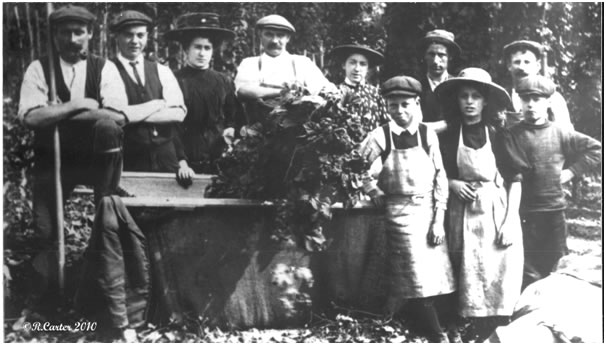 |
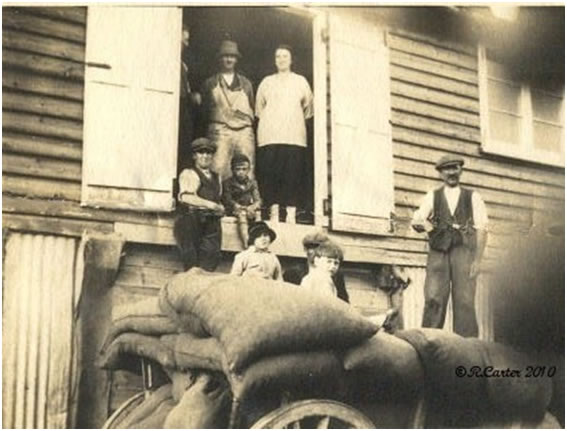 |
Westfied was very much a hop growing district. In 1841 (with the exception of two) all of the farms are shown as having some part of their land in use for this purpose. Before the picking season commenced the swaying garlands of green hops lent a certain beauty to the countryside but, the work of the Hop-pickers as it proceeded, produced a rapid change in the landscape. Within a few hours of its commencement the scene changed to one of an almost barren wilderness with bare poles and heaps of withered bines cast to one side. The "Pickers" worked in rows. Canvas trough-like bins were placed across the rows into which the hop flowers were thrown; very few leaves were permitted; Great speed was often achieved by the experienced picker and as the work was paid for according to the bushel measure, the more that was picked - the more was earned. | 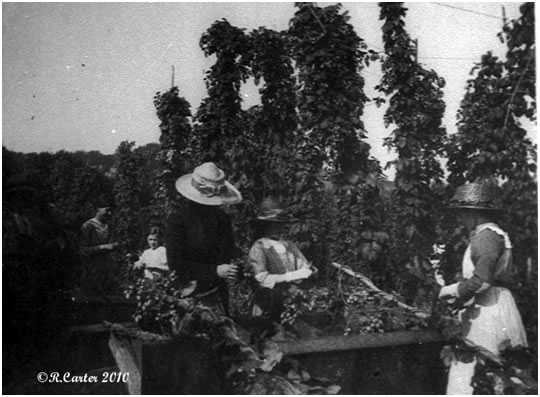 |
|
The bins were cleared usually twice a day by the "Measuremen" who used a bushel basket for this purpose. At times, if the Pickers thought he was taking too large a measure, it would not be an uncommon event for him to land headfirst in the bin.
|
 |
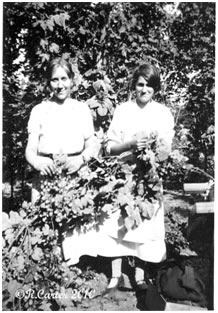 |
Hop-picking was often treated by Villagers as the one holiday of the year. Whole families would migrate to the hop garden. The early records of the School show that 'hopping' often affected attendance. In May girls would be absent as they were at work tying up the hop bines and the summer holiday of to-day commenced at the end of August for the 'harvest and hoppicking' - continuing until October. In 1878 on 1 October the School re-opened but, as only one pupil returned "in consequence of the hoppicking not having terminated", an extension of one week was given to the holiday! | 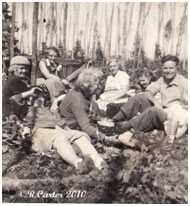 |
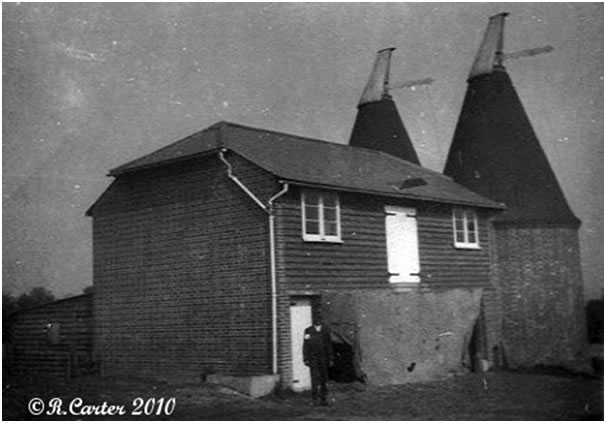 |
The only remaining evidence to-day of the extent of hop-picking in this Village are the kilns (Oast Houses), many of which have now been converted into dwellings. These were a central feature of the hop-picking industry. A "Watcher" was employed to attend to the drying of the hops and as this operation could not be left for one moment, he would spend both day and night in the Oast. Once dried, the hops were put into long sacks (pockets). A cramming and weighing machine was used for this but an experienced man was able to fill the sacks to within a few ounces of the correct weight - the simple method being to let the sack hang down from the space left in the floor for this purpose and stuff it from above until full. When sufficient quantity of hops had been dried and pressed into the pockets in this way, they were loaded onto a cart and taken to the Brewery. Each Farmer had a certain quota of hops to produce and when this amount had been reached, the hop-picking ended. Hops that remained unpicked (sometimes whole fields) were left to the wind and weather to destroy | 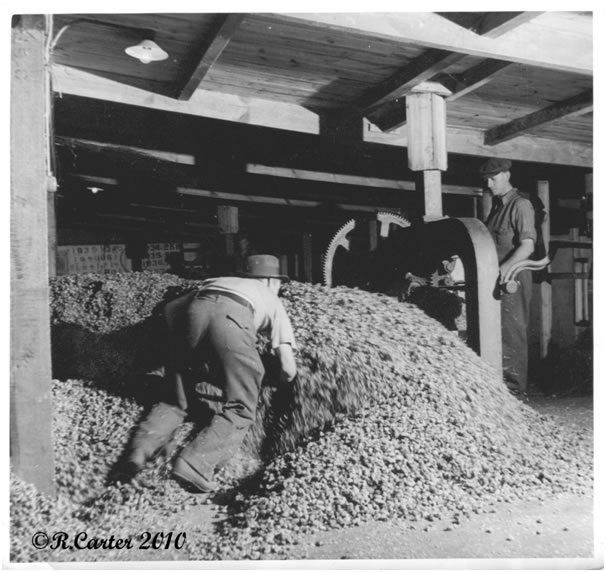 |
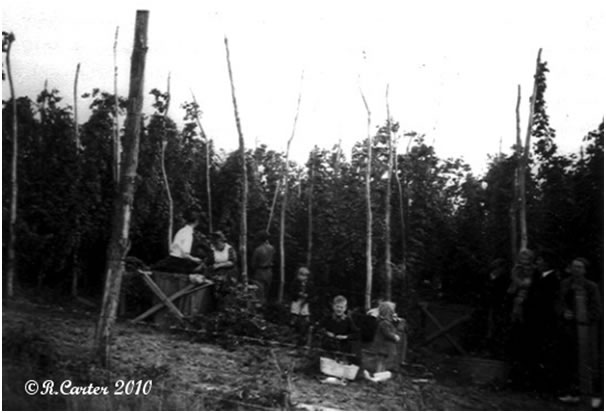 |
|